WJA issues cold weather warning to minimise jetting risks

The Water Jetting Association is advising contractors to make sure their operatives are carrying out thorough autumn and winter cold weather checks in line with its codes of practice.
Specific actions and checks are needed before water jetting equipment is used and at the end of shifts to mitigate the risks caused by ice blockages, especially in hose assemblies, during freezing weather.
The WJA advice follows the issuing of a safety alert in April 2023 after a fatal water jetting incident involving the sudden and uncontrolled movement of a hose during cold weather conditions.
Robust frost procedures
Learning points from the incident have been incorporated in revised versions of the WJA’s two codes of practice, published in May 2023.
WJA Ruling Council member Jeff Haigh, who has overseen the updating of the codes of practice, said: “It is essential that contractors follow robust procedures for managing jetting equipment during cold weather.
“This includes securing hose assemblies during pre- and post-works flushing, appropriate use of frost protection measures, and taking account of wind-chill during transportation when addressing frost issues.
“Operatives must be thoroughly trained in the application of cold weather equipment management and made fully aware of their importance for their own safety and the safety of others.
“The starting point for this process is to follow manufacturer guidance on frost protection, incorporate bespoke measures where necessary, and carry out due diligence checks to mitigate winter working risks.”
Safety alert guidance
The WJA Safety Alert No 2 – Jetting Drains and Sewers in Cold Weather is available on the association’s website. While it is focused on the use of drainage equipment, much of its advice is relevant to other techniques.
Specific actions stipulated by the safety alert include:
· Ensure frost protection instructions are provided with all water jetting equipment;
· Records must be kept of the emptying and filling of water jetting equipment in cold weather;
· Operatives must be trained, and that training should be recorded, before periods of cold weather;
· Operatives must wear all appropriate PPE, including during start-up and pressurisation of the water jetting system.
Codes of practice
The WJA’s Blue Code, for the safe use of high pressure and ultra-high pressure water jetting equipment, and its Red Code, for the safe use of water jetting equipment in drains and sewers and surface preparation with a jetting gun up to 275 bar that an operative can comfortably hold, has the same guidance on cold weather working.
In both documents, the guidance can be found in Section 10 Frost Precautions and applies to all water jetting systems. It is also referred to in Appendix 1 and 1A with a Pre-Start Checklist and an End of Shift Checklist.
Find out more
Both WJA codes of practice can be purchased from the WJA shop. If you need more information or advice about water jetting in cold weather, contact the WJA office. Telephone: +44 (0)208 320 1090. Email: info@waterjetting.org.uk.

